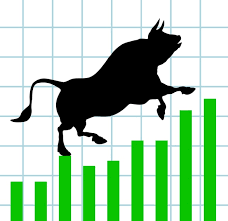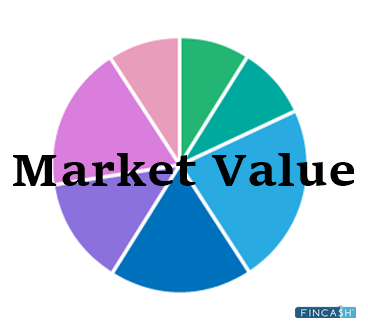Market Breadth
What is Market Breadth?
Market breadth is a term that is used to refer to the number of stocks that are participating in a move in an index or on a stock exchange. The exchange could be the New York Stock Exchange or NASDAQ. When the stocks are advancing a positive market breadth is recorded. This means the bulls are in control of the market’s momentum and also confirms that there will be a price rise in the index. However, on the other hand, a disproportionate number of securities that are declining confirms a bearish momentum. It also indicates a downside move in the stock market.

Moreover, some breadth indicators also use volume. They will not only focus on whether a stock is advancing or declining in price but also the volume of the moves will be considered. This happens because price moves on larger volume are considered to be more important than price moves on lower volume.
Market breadth indicators are exponentially used by traders to check the overall health of the market. Indicators sometimes also give out early warning signs of a fall in the index or a rise in the index.
Remember that an index may be going up yet more than half the stocks in the index might be falling because a small number of stocks have large gains. The games are so much they drag the whole index higher.
Market breadth indicators can also reveal this and provide warning signs to traders that more stocks are not actually performing that well even if the Market Index makes it look good. Note that an index is an average of the stocks in it.
Market breadth tries to find out how much strength or weakness is there beneath the given stock index. By assessing the strength and weakness, technical traders get an insight into what the index made do next. Remember that this is clearly visible just by looking at a chart of the index.
Market Breadth Indicators
The number of market breadth indicators and each indicator is calculated differently. This may provide slightly different information.
Mentioned below are some of the market indicators available:
1. Advance-decline index
The advance-decline index is also known as the AD line. It is used to calculate the running total of the difference between the number of rising and declining stocks.
2. S&P 500 200-Day Index
The S&P 500 Market breadth can be used by traders if you wish to see the percentage of stocks in the S&P 500 that are trading above the 200 days Moving Average. An indicator that is rising above 50% shows broad market strength.
3. New Highs-Lows Index
New highs lows indicator compare stock making 52-week high to stop making 52-week lows. If the reading is below 50% it indicates that more stocks are reaching their lows compared to stocks reaching their highs.
4. Cumulative Volume Index
This indicator measures volume. Rising stocks have their volume added to the positive volume, whereas, the falling stocks add to the negative volume. This indicator is similar to the AD line.
5. On-Balance Volume
The On-Balance Volume is an indicator that looks at volume. It is based on whether the index rises or falls. If the index rises the total volume is negative.
Talk to our investment specialist
All efforts have been made to ensure the information provided here is accurate. However, no guarantees are made regarding correctness of data. Please verify with scheme information document before making any investment.












